With its colorful tile-covered buildings, hilltop views, and perfect year-round climate, Lisbon is an easy city to love. The Portuguese capital is one of the oldest cities in Europe, but it has a modern, energetic vibe thanks to its diverse population and burgeoning food and nightlife scenes. No matter how many times you visit, there’s always something new to discover. Here are some fun things to do in Lisbon, including unique cultural experiences, museums worth visiting, and the tastiest Portuguese foods to try.
Eat an Egg Tart
Pastel de nata, or egg custard tart, is the ultimate Portuguese pastry. These miniature pies feature a flaky, buttery crust filled with creamy yellow custard. The perfect pastel de nata is only slightly sweet, with hints of cinnamon and vanilla, and lightly caramelized on top.
These heavenly treats trace their roots back to the monks at Jerónimos Monastery, who started selling sweet pastries to earn some money after monasteries and convents were shuttered by the Portuguese government in the 1830s. These delicious and popular pastries became known as Pastéis de Belém, named for the neighborhood where they originated.
Pastéis de Belém claims to use the monks’ original recipe, which is a closely guarded secret. You won’t be able to eat just one.
Nata De Lisboa puts a unique spin on the traditional tart, adding delicious flavorings like fruit and chocolate. I’m a big fan of the fresh strawberry version and may have enjoyed three or four during my time in Lisbon.
Do a Ginjinha Shot
Another famous Lisbon specialty is ginjinha, or ginja, the beloved Portuguese liqueur made from sour cherries. The best place to try it is A Ginjinha. This tiny, hole-in-the-wall bar has been a local favorite since the 1840s. There’s always a crowd standing around the entrance sipping shots of the bright red brandy. The glasses are served with or without whole cherries.
Watch a Fado Performance
Portuguese folk music, known as fado, originated in Lisbon’s bohemian neighborhoods in the early 19th century. The mournful melodies spoke to the working class, who packed into Lisbon taverns to commiserate in the evenings. This tradition is still going strong in the Alfama district, where you can hear the soulful singers most nights of the week.
If you’d prefer a fado dinner show, make a reservation at O Faia. This long-standing, family-run Fado house is one of the top venues in the city. Here you can enjoy delicious Portuguese food along with professional-level performances. This place is extremely popular, so you’ll want to book well in advance.
Ride a Tram
Lisbon’s tramway system makes it easy to explore the sprawling city. Tram 28 is the most famous route, winding up through the historic Alfama neighborhood. But these trams are often overcrowded with tourists, and there are plenty of other routes that will be equally as scenic. Tickets can be purchased from the driver.
Walk the Castle Ramparts
The ruins of the medieval Castelo de São Jorge are perched atop one of Lisbon’s highest hills, offering unbeatable panoramas. Walking along the ramparts, you’ll be able to see over orange rooftops of the historic city center to the Ponte 25 de Abril bridge straddling the Tagus River.
The grounds of the castle are home to an ostentation of peacocks almost as impressive as the view. These beautiful birds are native to India and were originally brought back to Lisbon by Portuguese explorers and spice traders.
See Vasco de Gama’s Tomb
Portugal’s most famous explorer is Vasco de Gama. In 1497, he sailed down the coast of Africa and around the Cape of Good Hope to become the first European to reach India by sea. De Gama returned to Lisbon with exotic spices and maps for a profitable new trade route. He would take the trip two more times, earning him the nickname “Admiral of the Indies.” It’s fitting that a sailing ship is carved into the side of his tomb.
Vasco de Gama is laid to rest inside the Church of Santa Maria in Belém. The church is free to enter and has a separate entrance opposite that of Jerónimos Monastery next door.
Appreciate Lisbon’s UNESCO World Heritage
Jerónimos Monastery was built in the 16th century for the Order of Saint Jerome, whose monks were asked by the king to pray for the safe passage of his traders sailing back and forth to India. The elaborately carved cloister and rich gold-and-blue tile walls are certainly befitting of a royal monastery.
Considered one of the finest examples of Portuguese architecture, Jerónimos Monastery is one of the most-visited spots in the country. During the summer months you can expect to wait in line for hours, even with advance tickets. For a more peaceful experience, consider booking a winter trip instead.
Torre de Belém was erected on the nearby banks of the Tagus River in 1514, also by royal decree. This striking fortress was dedicated to Vasco de Gama’s maiden voyage and served to protect Lisbon’s busy and prosperous port. The tower is about a 20-minute walk from Jerónimos Monastery, or 10 minutes by tram. Both properties are inscribed on the UNESCO World Heritage List.
Explore a Ruined Convent
On November 1, 1755, a powerful earthquake struck the coast near Lisbon and triggered a 20-foot tsunami. The devastation was severe, and tens of thousands of people were killed. Little remains of pre-quake Lisbon as much of the city had to be rebuilt from scratch. Vast amounts of cultural artifacts, including books and art, were lost as well.
Carmo Convent stands in ruins as a reminder of the horrific event. What was once the largest church in Lisbon is now a literal shell of its former self. The roof collapsed during the earthquake, leaving the nave open to the elements.
A small but interesting archaeology museum can be found inside what was the main altar. The collection features items pulled from the wreckage, including tombs, tiles, books, and sculptures. It also includes some Roman and Egyptian antiquities and the mummified remains of two people from South America, all presumably brought back by Portuguese explorers.
Try Portuguese Food
The cuisine of Portugal has been heavily influenced by the country’s Atlantic coast location and history of spice trading. Dishes are simple yet flavorful, pairing fish and meat from the Iberian Peninsula with the seasonings of Africa and India.
To try this unique and delicious food, check out three of the best restaurants in Lisbon. Reservations are a must!
Frade dos Mares
Dinner at Frade dos Mares is one of the top gastronomic experiences you can have in Lisbon. The talented chef puts a modern spin on traditional Portuguese dishes. A classic bowl of clams with garlic and coriander is jazzed up with lemongrass and red pepper flakes. Octopus is turned into crunchy croquettes and served with a vinegary black-eyed pea salad.
I thoroughly enjoyed the creamy shrimp risotto, and heard rave reviews of the the grilled cod with potatoes and olives. Really, you can’t go wrong with any dish on the menu.
Be sure to save some room for dessert because the chocolate cherry mousse is heavenly! It came with two chocolate cups of ginja, securing Frade dos Mares’ place as my favorite restaurant in the city.
Invicta Madragoa
This cozy hole-in-the-wall serves up some of the best seafood in Lisbon. Whet your appetite with a plate of prawns marinated in garlic and ginger before digging into a succulent pot of seafood rice. Have the friendly host recommend a Portuguese wine to accompany your meal and a dessert to finish it off. Note that Invicta Madragoa is cash-only, and its six tables fill up fast.
Café de São Bento
Meat lovers should head to Café de São Bento, one of the best steakhouses in town. You can order your steak three ways: grilled, Portuguese style (fried with garlic and ham), or São Bento style. For the latter, a tender steak is smothered in a peppery cream sauce using the restaurant’s original recipe from 1982. Some things simply can’t be improved upon.
Skip dessert at São Bento and head up the street to Nannarella instead. This tiny shop has some of the most delicious gelato in the city. There will almost certainly be a long queue, but it’s worth the wait! Raspberry, dark chocolate, and pistachio is a winning combo.
Visit a Museum
For those wanting to dig deeper into Portugal’s cultural heritage, there are some excellent museums to choose from. Here are five that are worth exploring:
Calouste Gulbenkian Museum
Lisbon’s best hidden gem is the Calouste Gulbenkian Museum. It houses the impressive art collection of Calouste Gulbenkian, a British-Armenian oil tycoon who settled in Lisbon during WWII. There are over 6,000 pieces in the collection, including Egyptian and Middle Eastern antiquities, Persian carpets, Turkish and Chinese porcelain, European paintings and furnishings, and Art Deco jewelry.
National Coach Museum
One of the world’s finest collections of horse-drawn carriages is on display in Portugal’s National Coach Museum. Many of these gilded and lavishly decorated vehicles were used by the country’s former monarchy in the 17th and 18th centuries.
The coaches were originally stored in the former Royal Riding School, but that is now the official residence of the Portuguese president. While not nearly as lovely, the modern museum building has more space to display the carriages and interesting interactive displays.
National Tile Museum
Azulejos, or tiles, are everywhere in Portugal, covering buildings and decorating courtyards and interior walls. You can learn about the history and cultural significance of this artform at the the National Tile Museum. It features azulejos from the 15th century to the present day, and explains how the manufacturing process has evolved over time.
The museum is located within the 16th century Madre de Deus Convent. Don’t miss the attached church, a Baroque jewel overflowing with gilt-framed paintings and blue-and-white azulejos.
National Museum of Ancient Art
The Museu Nacional de Arte Antiga, or MNAA, is the largest art museum in Portugal. It was founded in the 19th century to showcase the collections of the Portuguese royal family and the National Academy of Fine Arts, where much of the country’s religious art was deposited after the dissolution of religious orders in 1833.
A sunny yellow palace once belonging to a nobleman displays a wide array of items, from fantastical paintings by Hieronymus Bosch, Qing-Dynasty porcelain, furnishings from the royal residences, and a treasure trove of gold and jewels.
Museum of the Orient
Portugal had a huge impact on the Eastern world during is Age of Discoveries, establishing trade routes and claiming colonies across Africa, India, and Southeast Asia. Lisbon’s Museum of the Orient bears witness to this complex history and honors the cultures of the countries affected. There are many beautiful and rare artifacts on display, such as folding screens, masks, textiles, and wood carvings.
Ready to plan your trip to Lisbon?
Save this travel guide for easy reference!
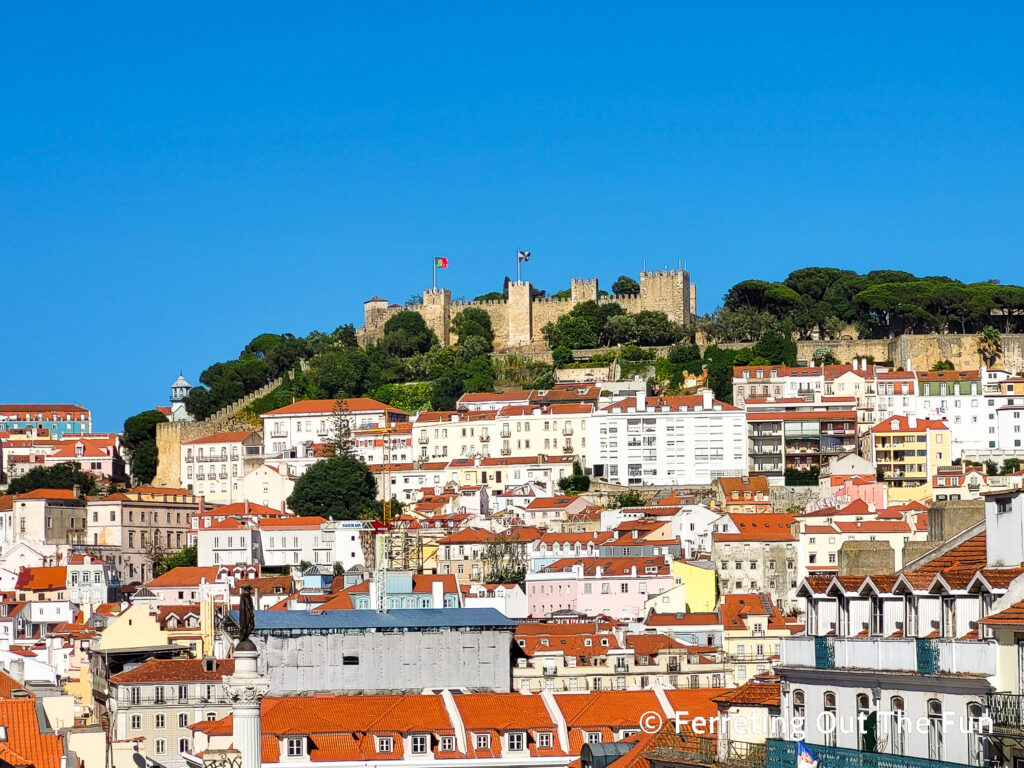
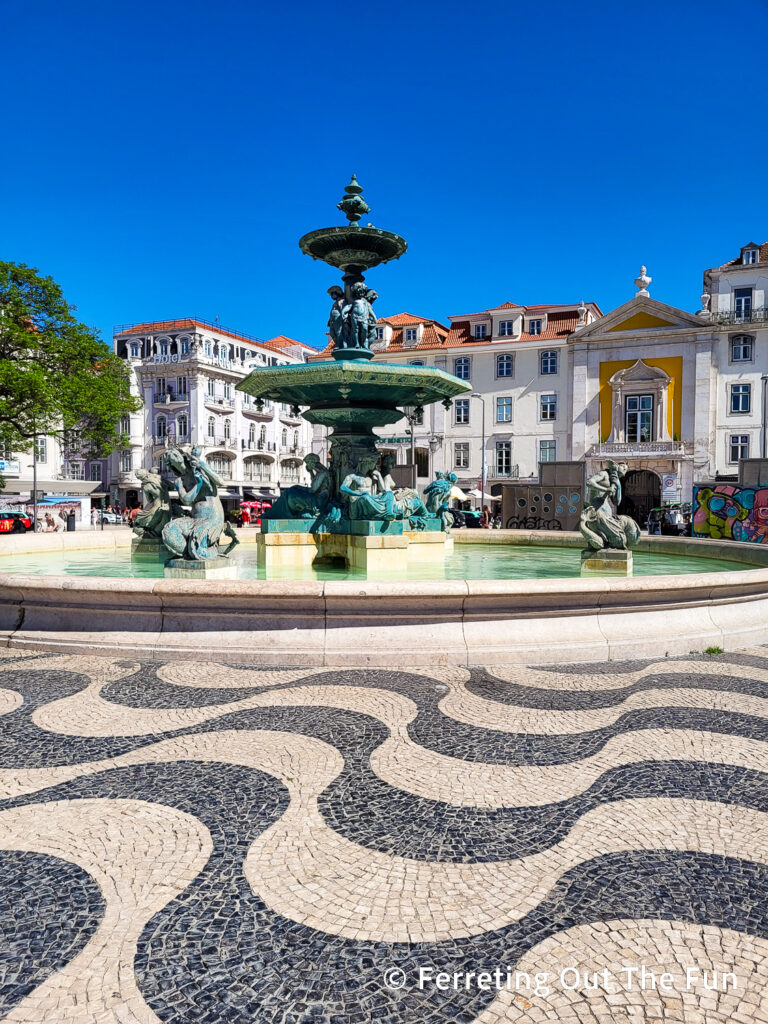
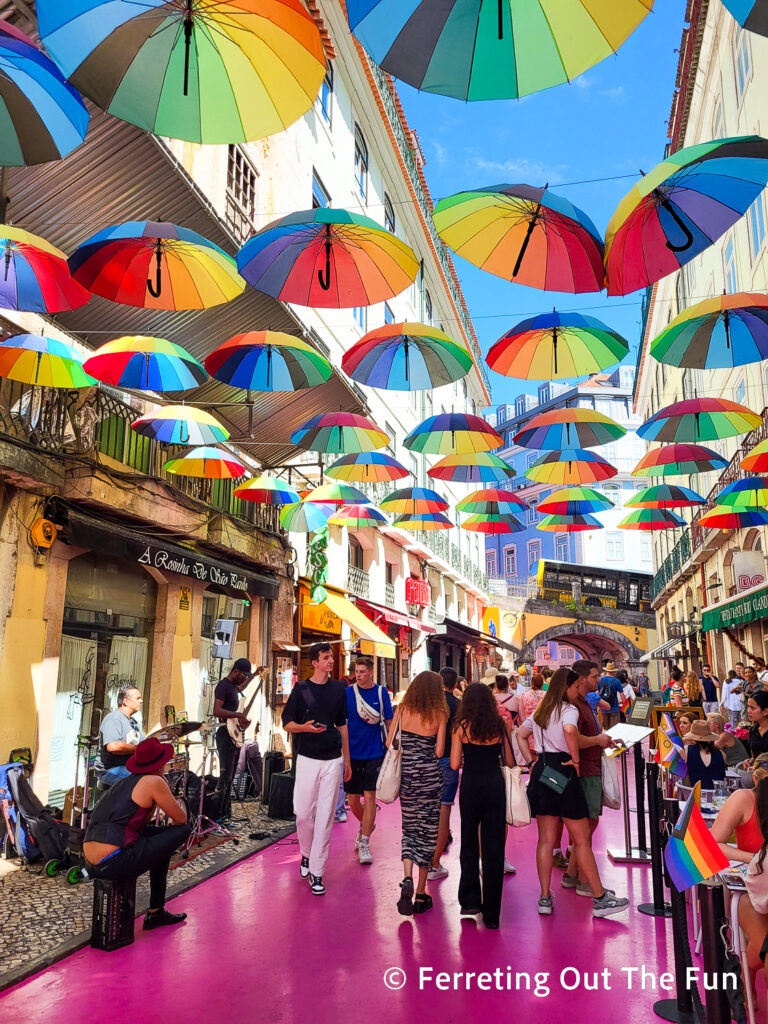



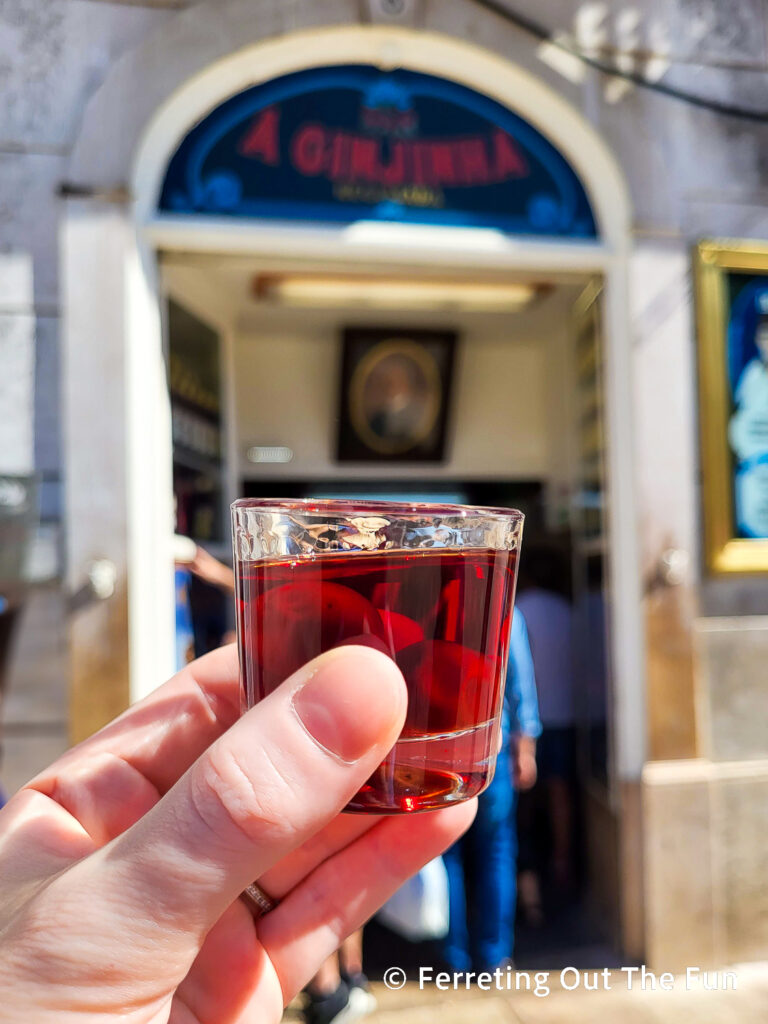
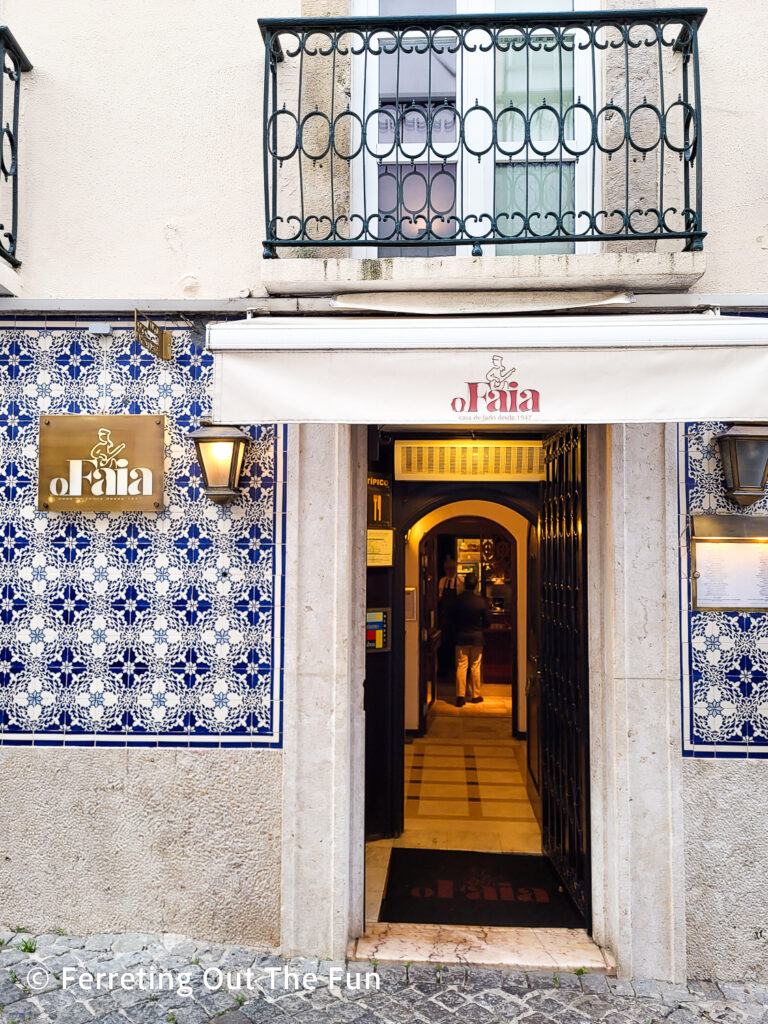
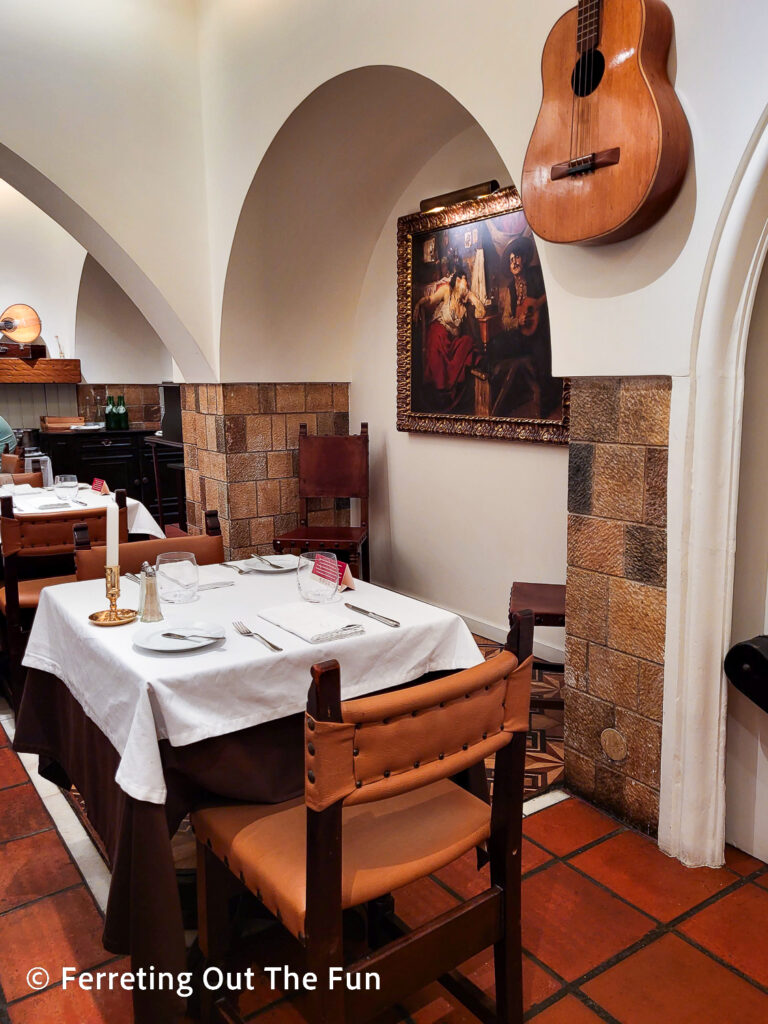
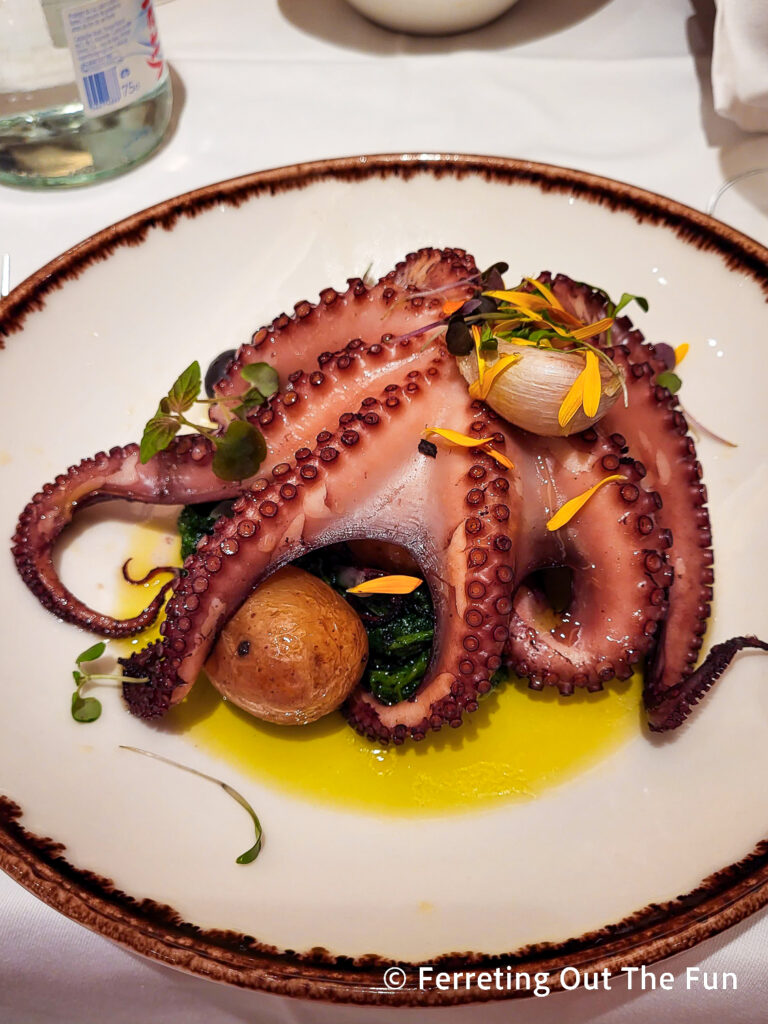
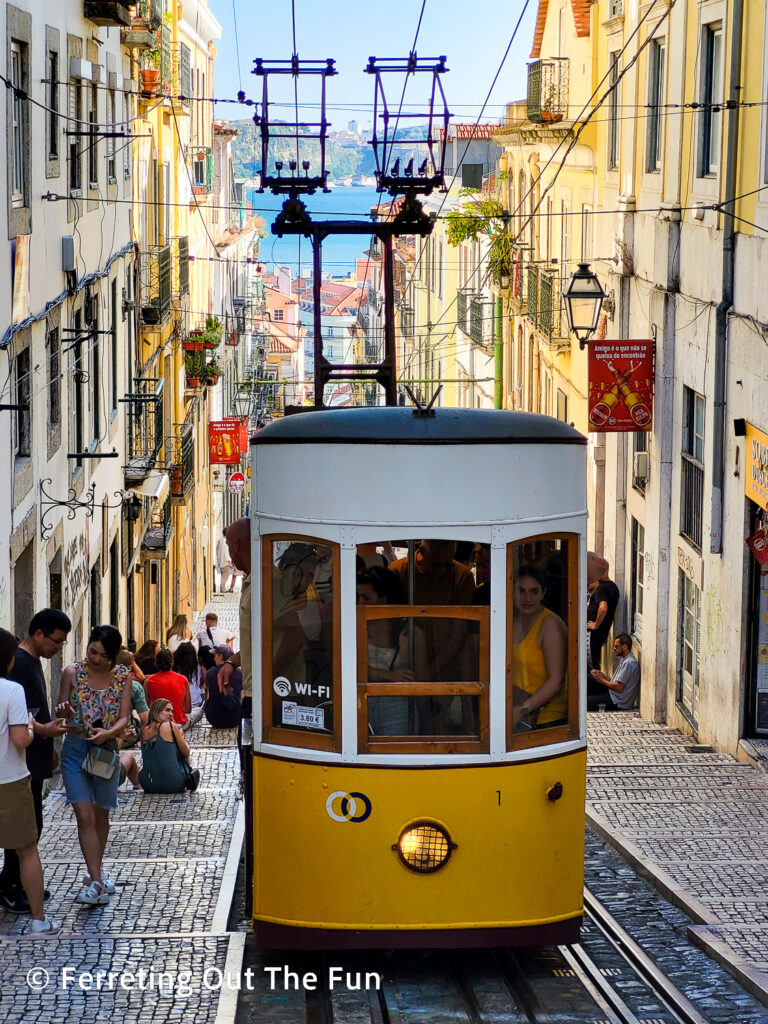
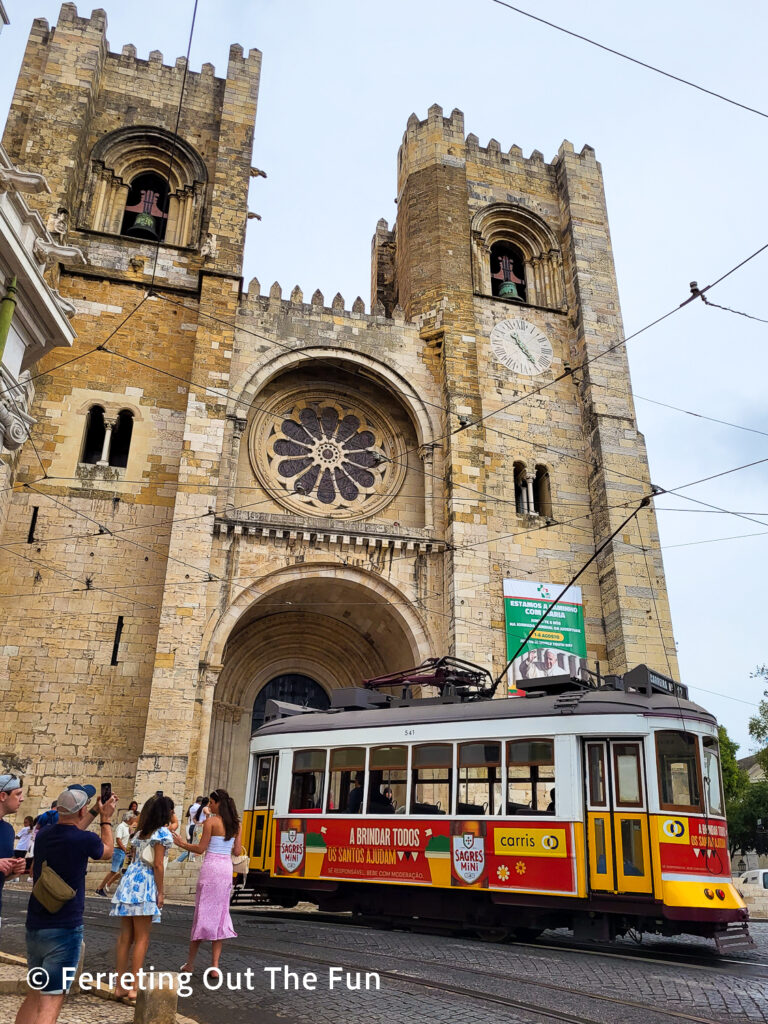
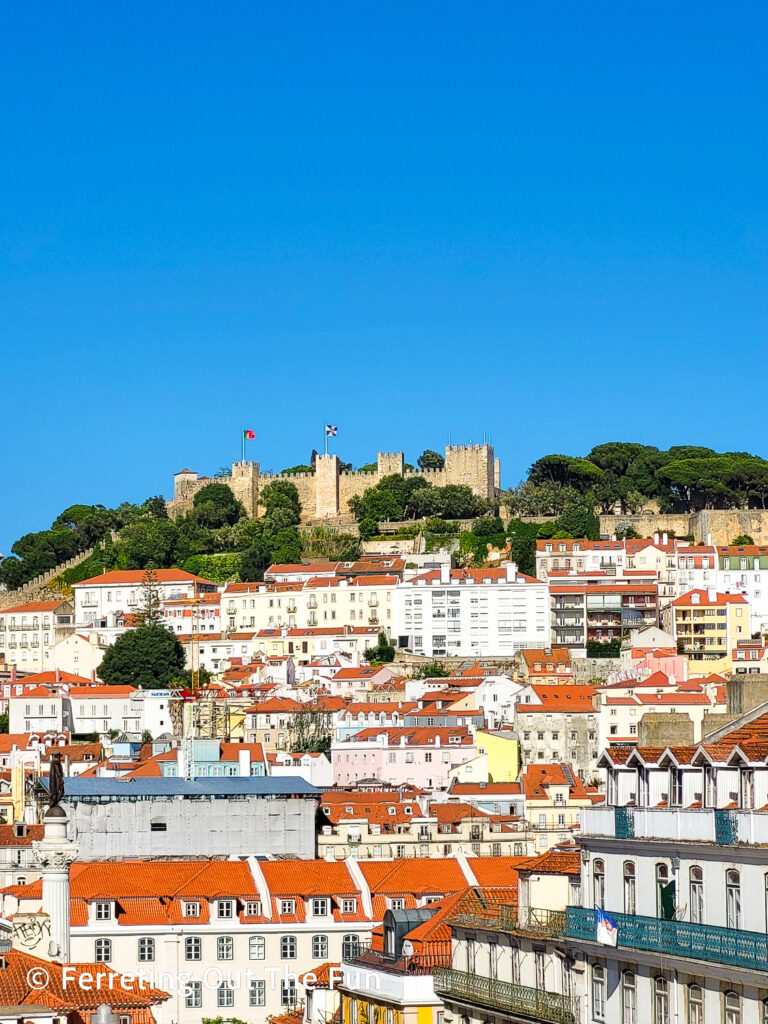
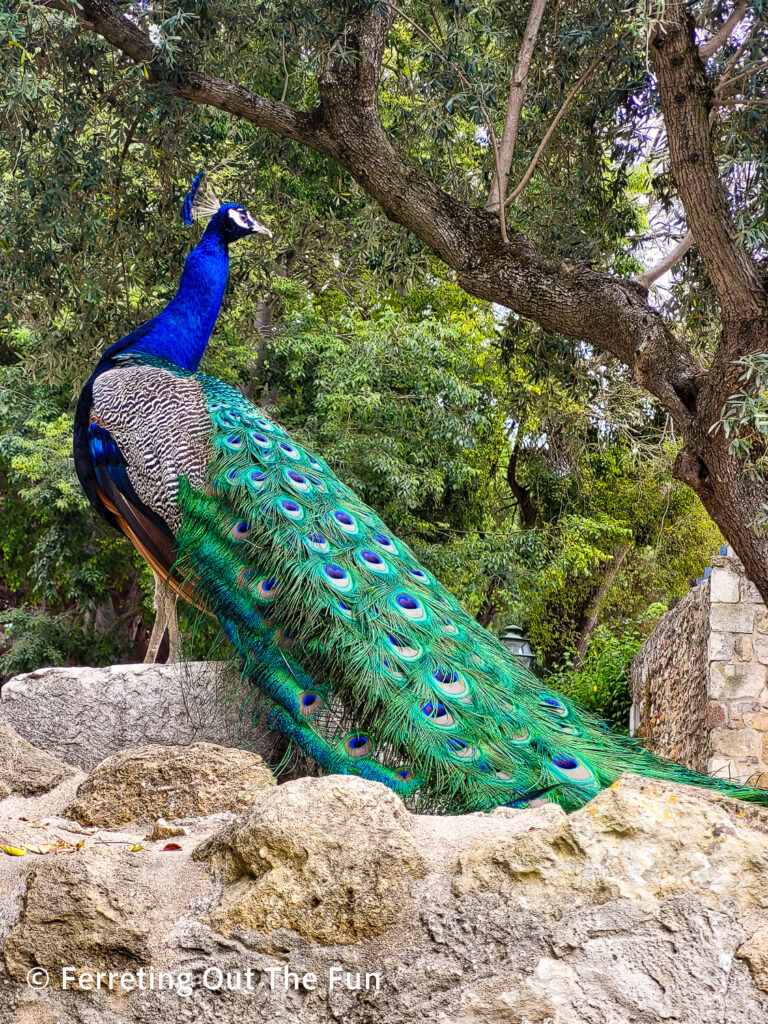
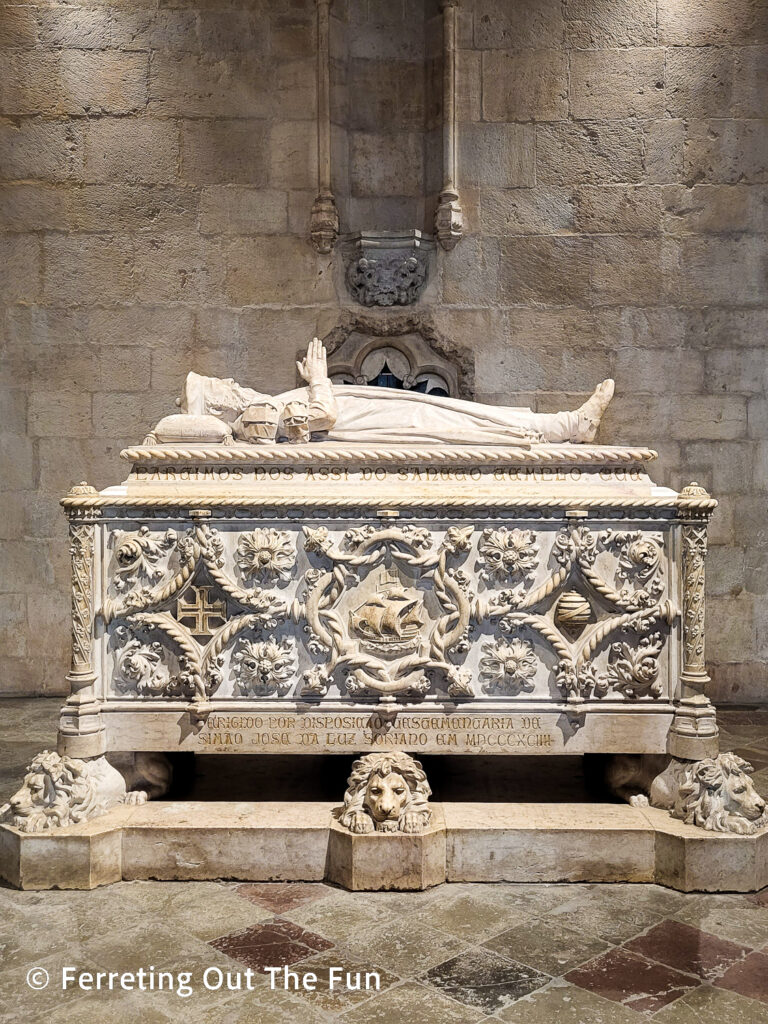

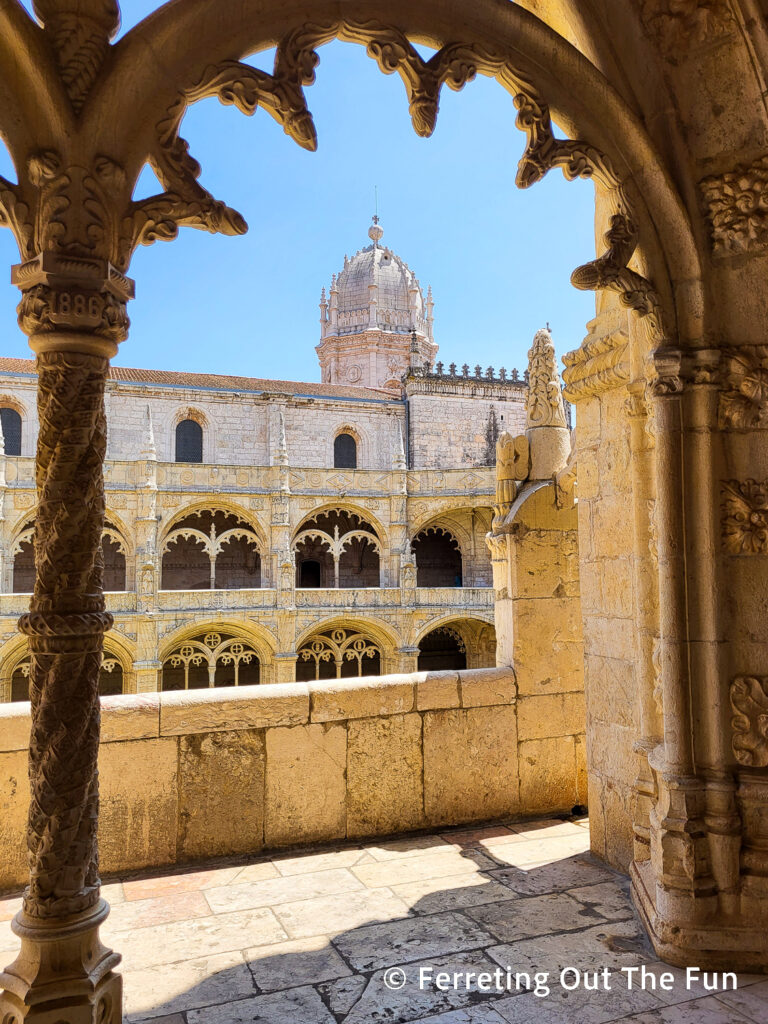
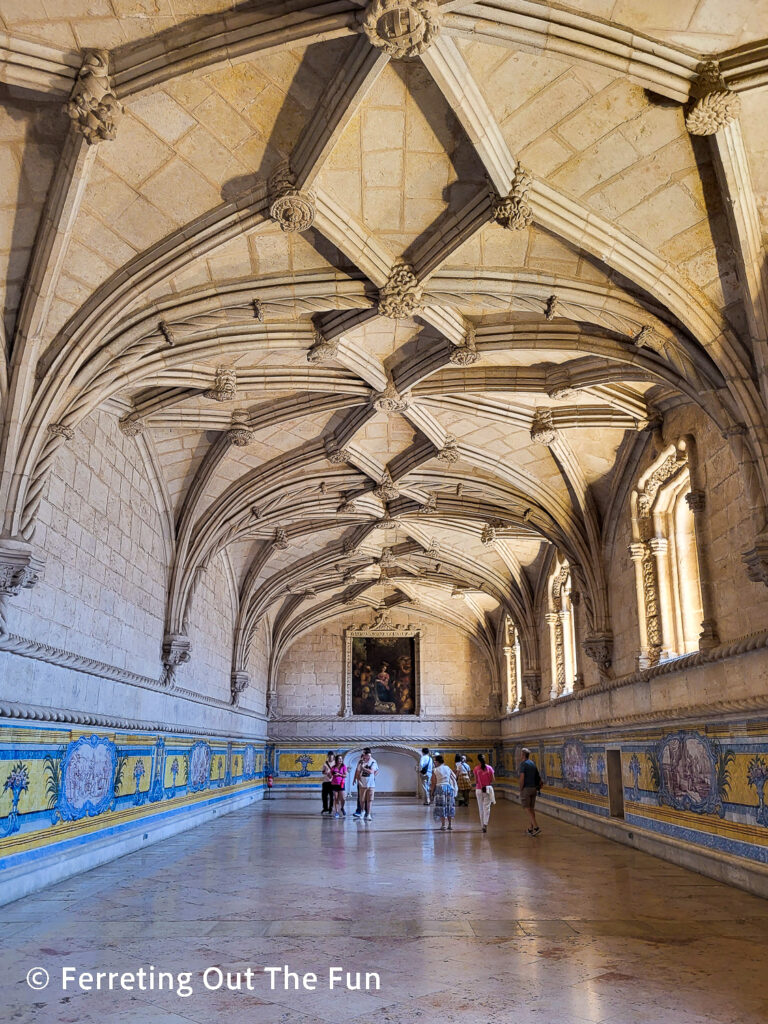
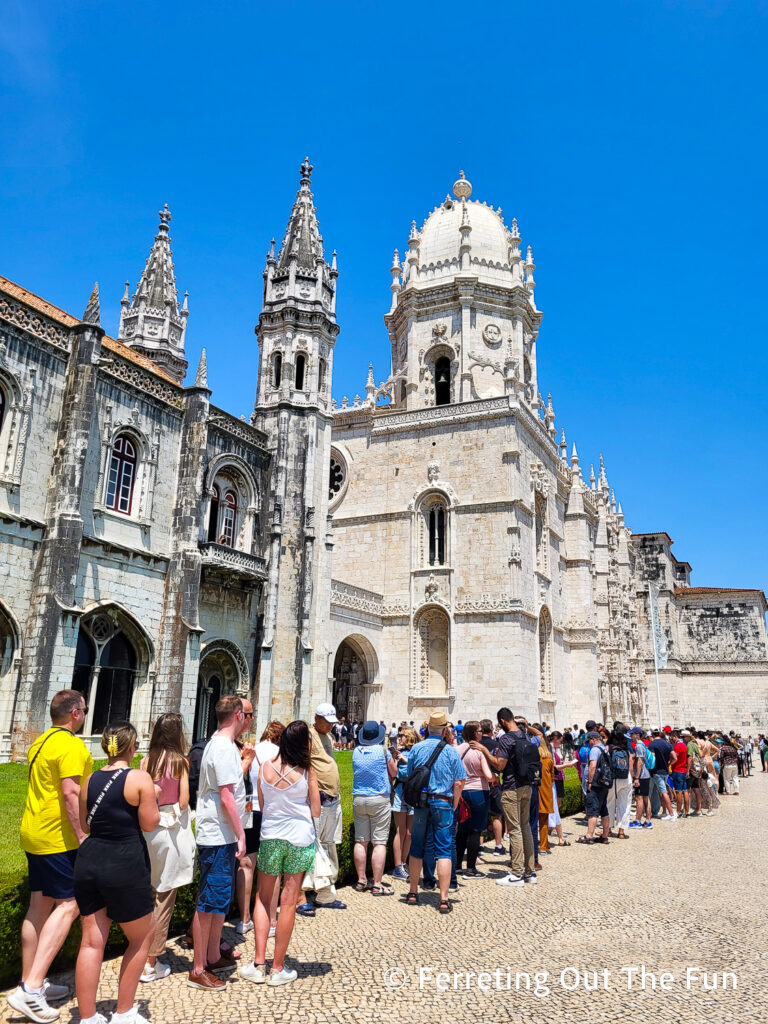
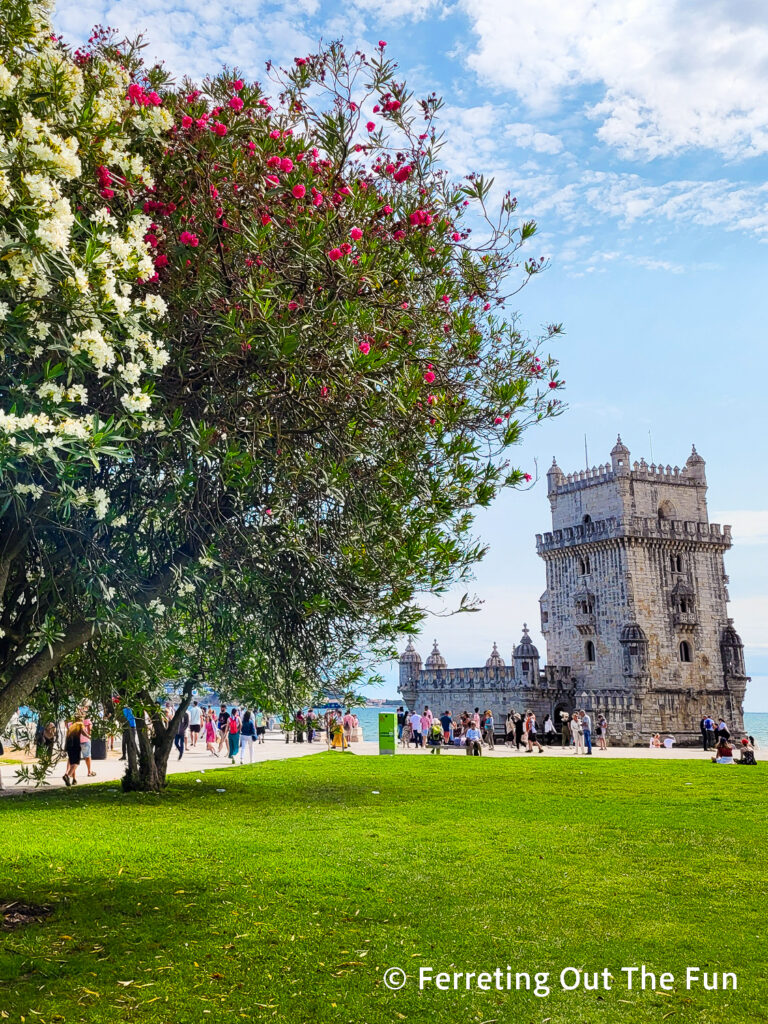
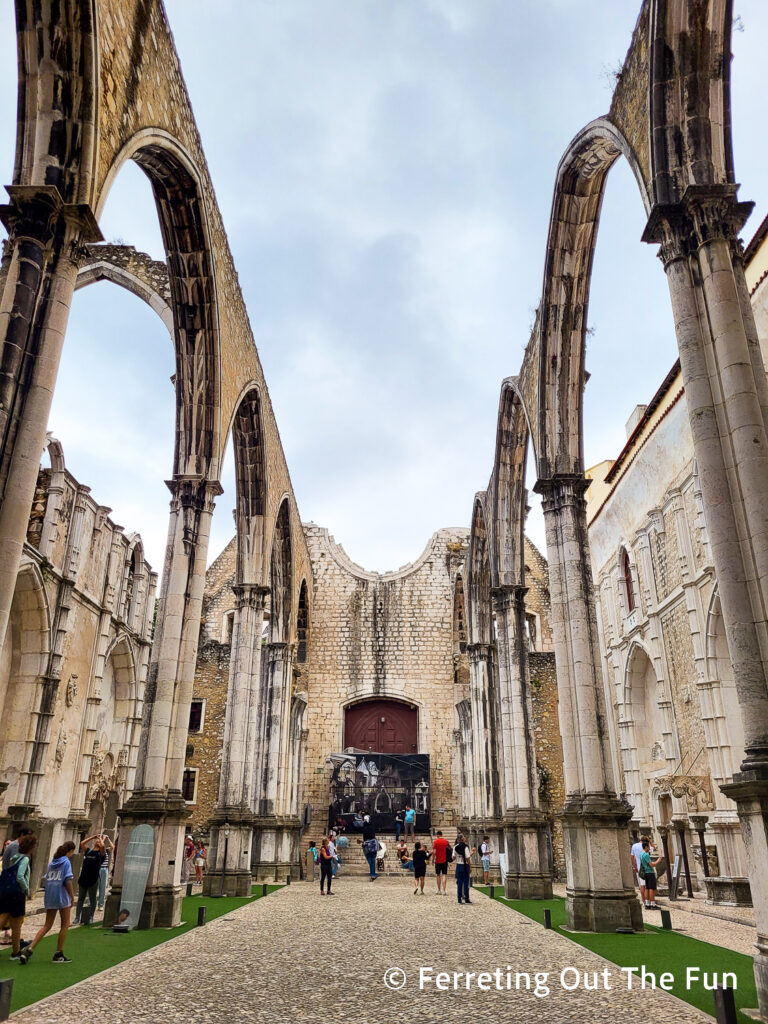
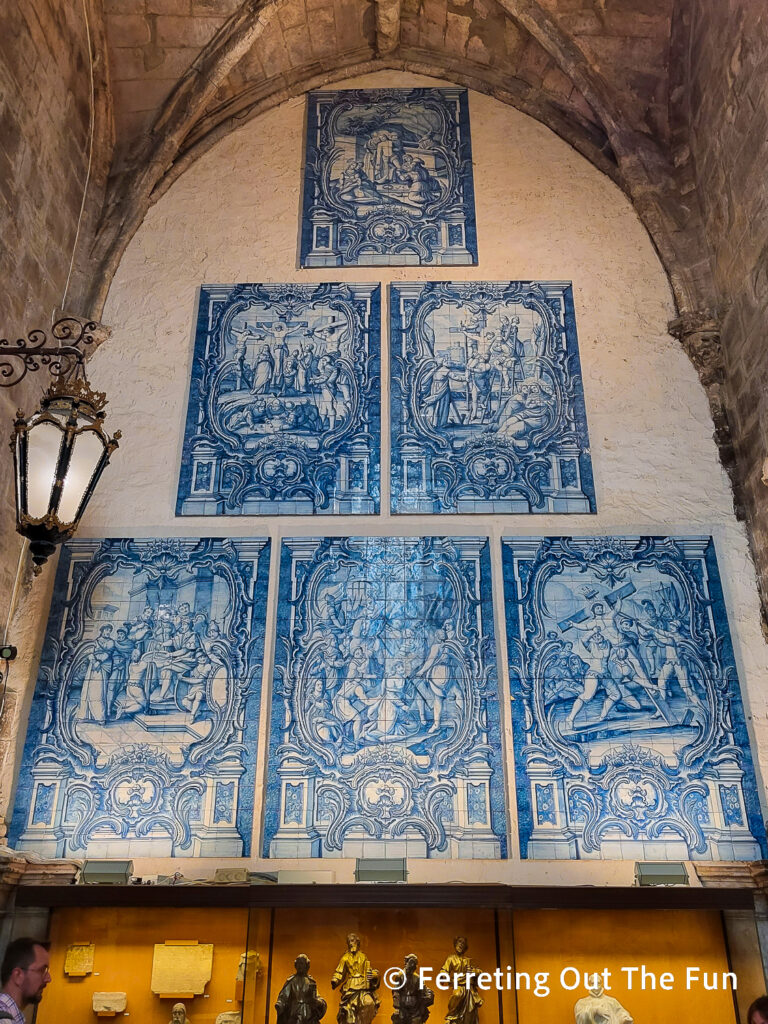
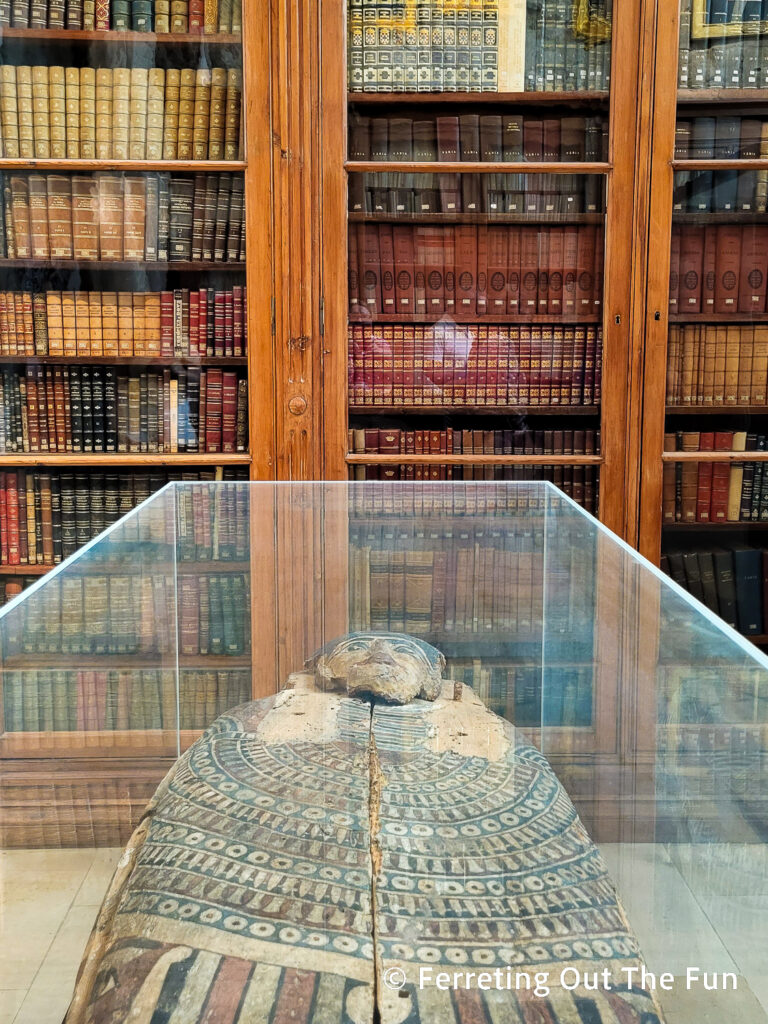
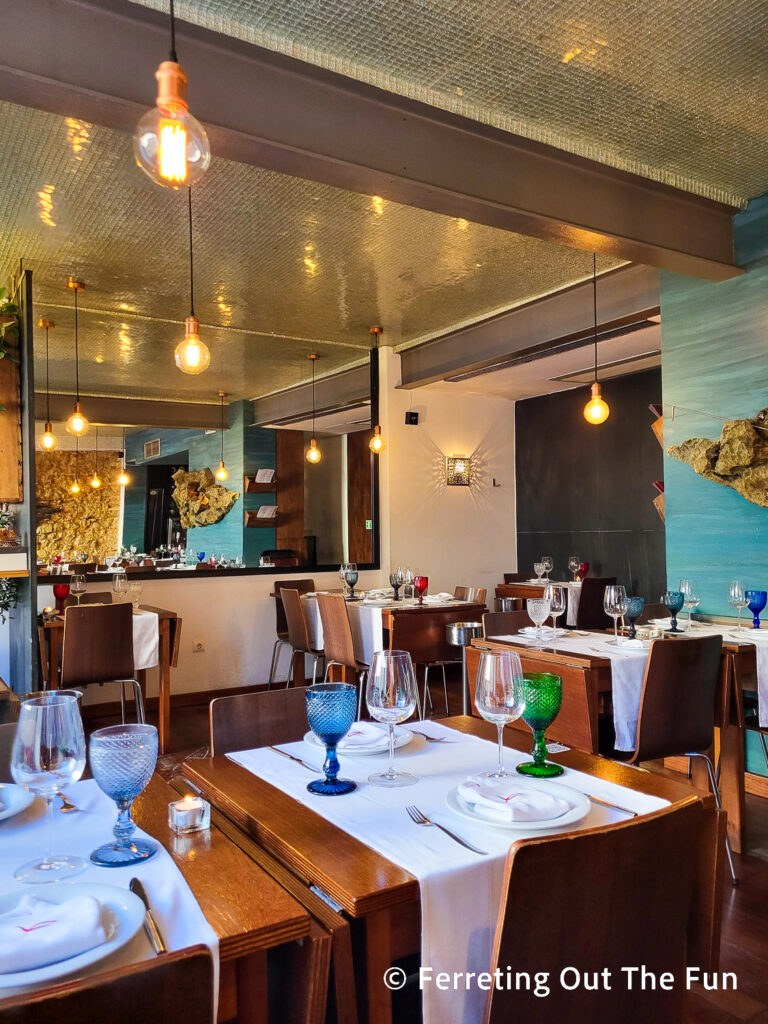
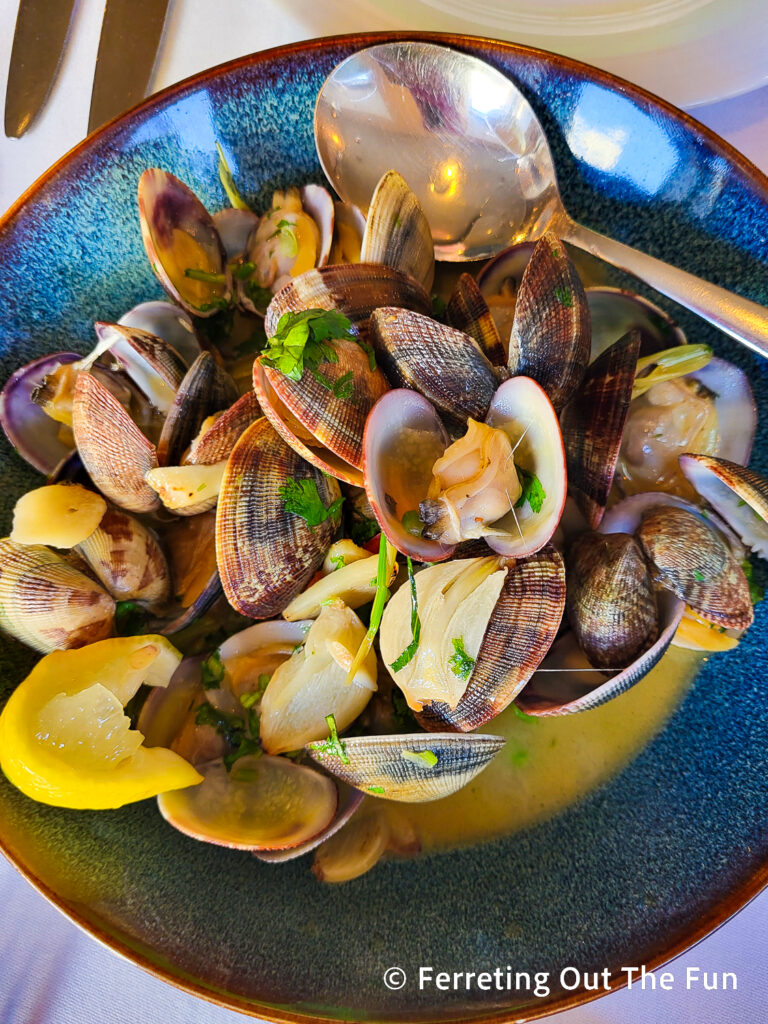
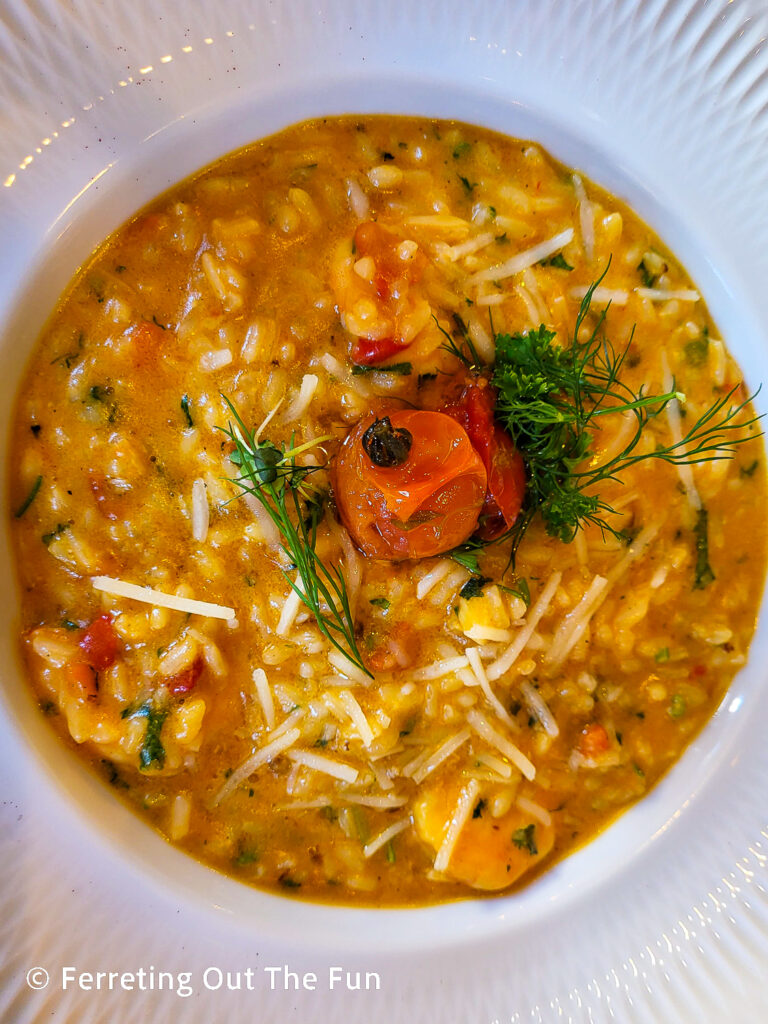
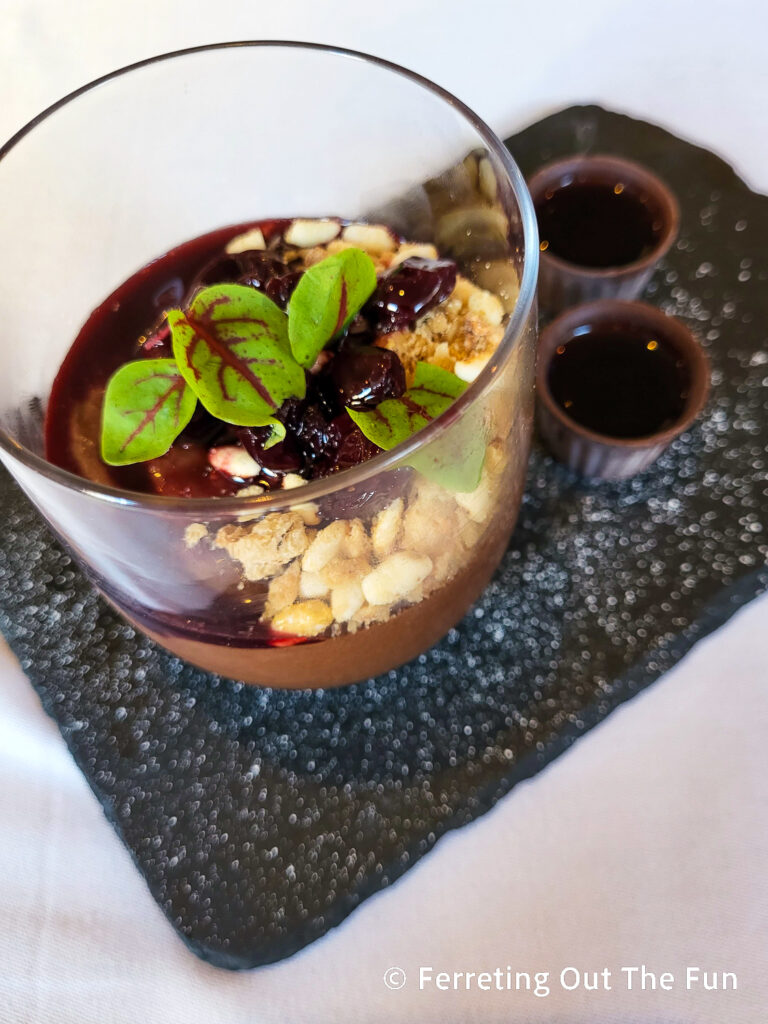
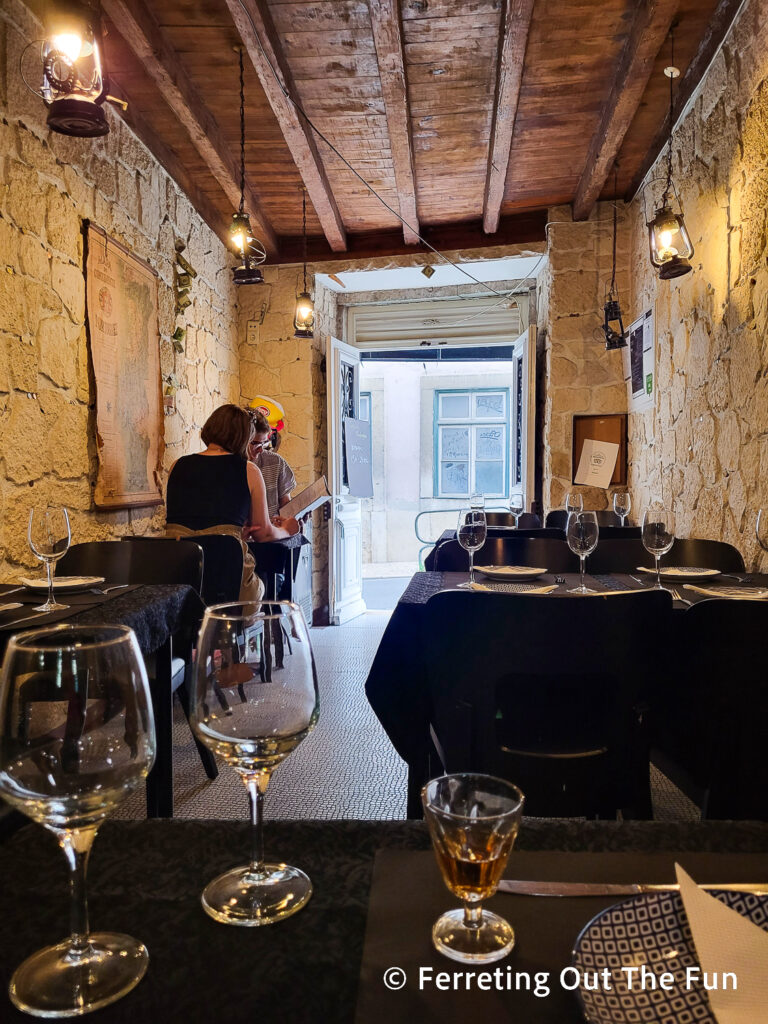
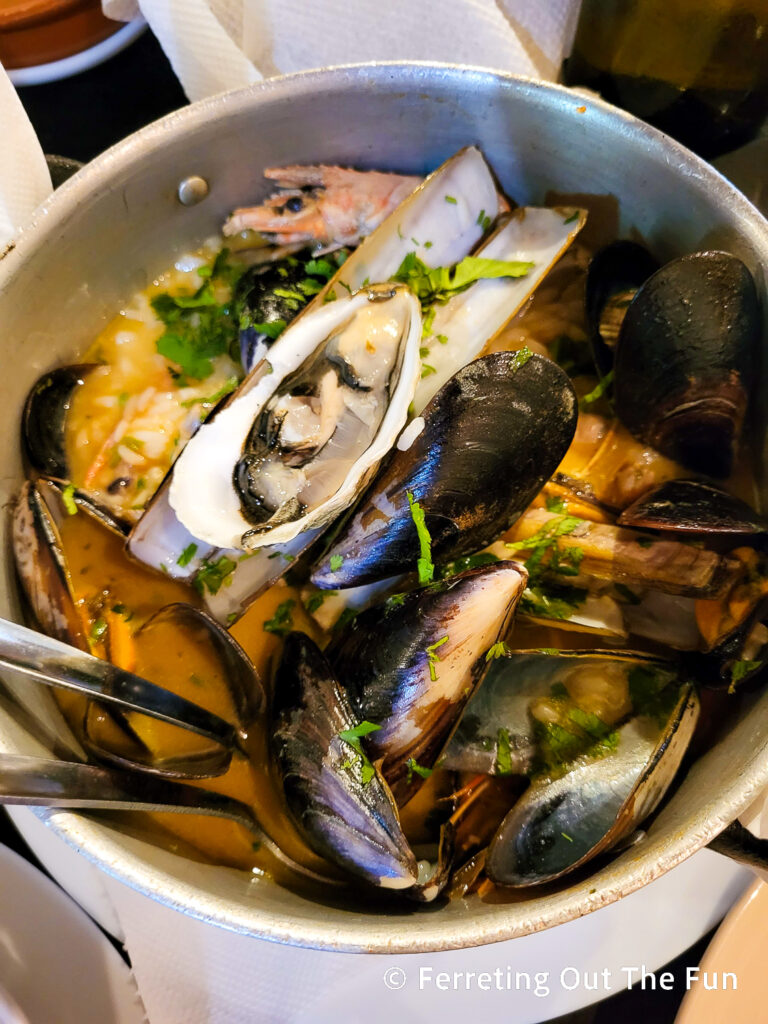
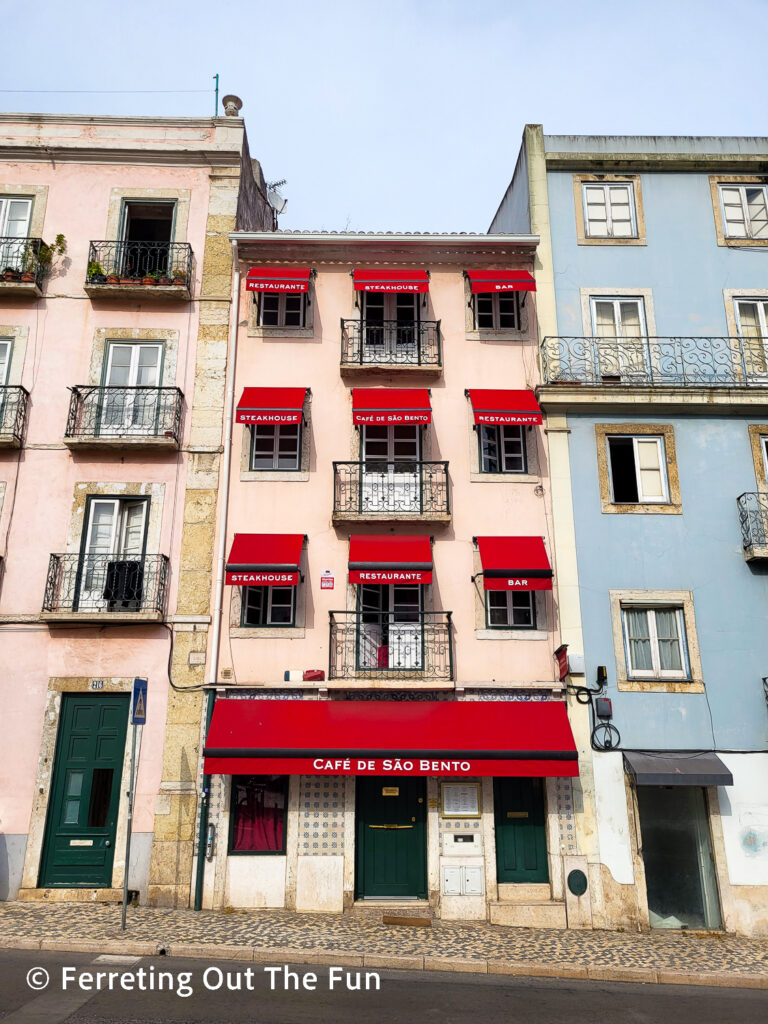
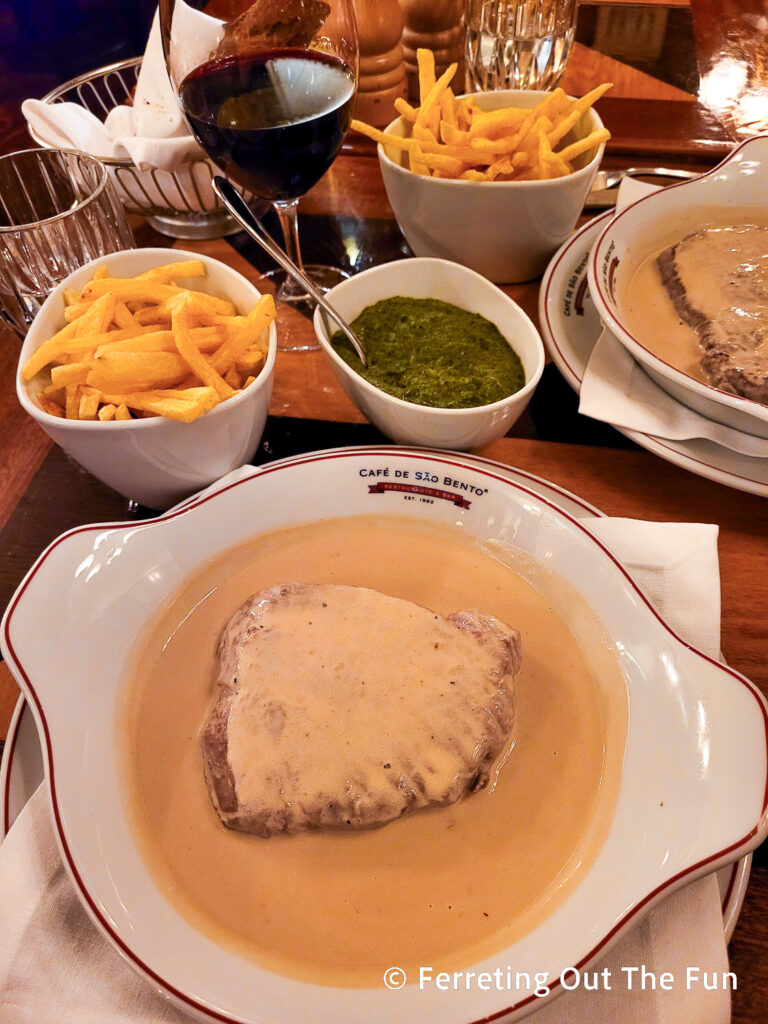

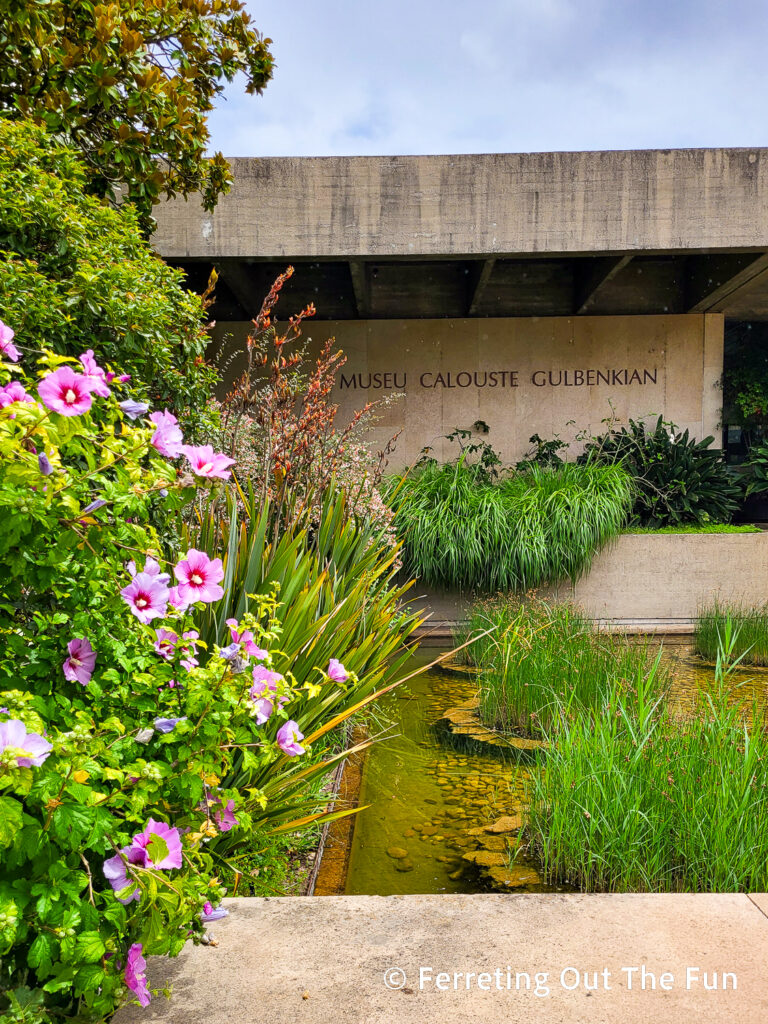

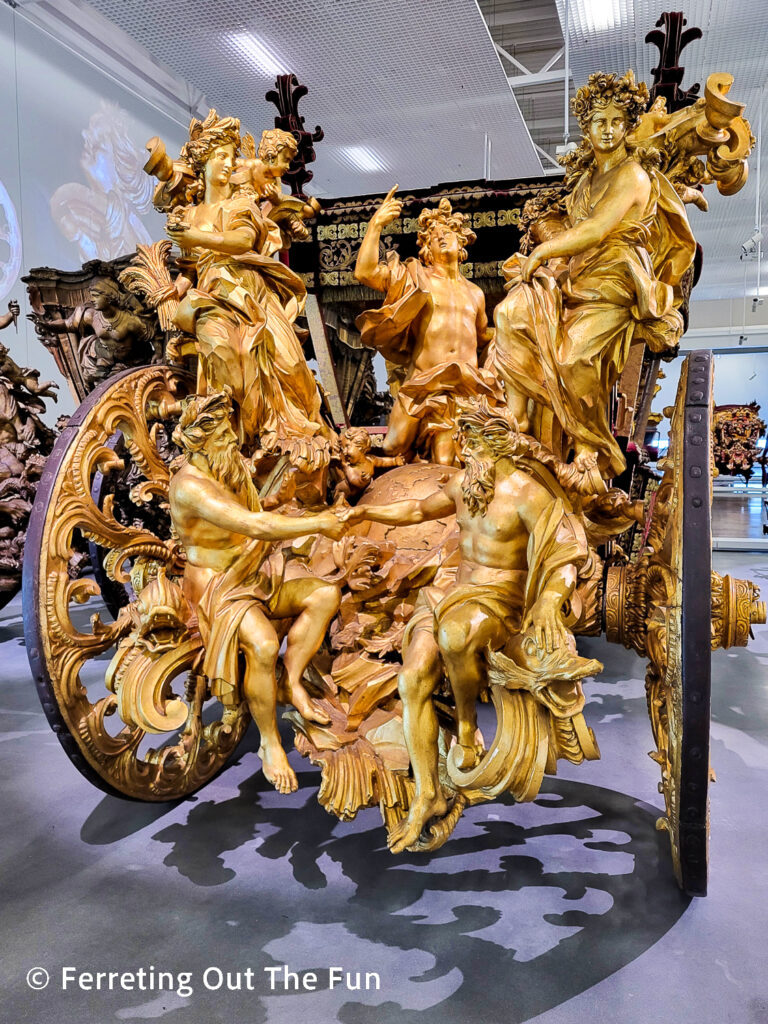
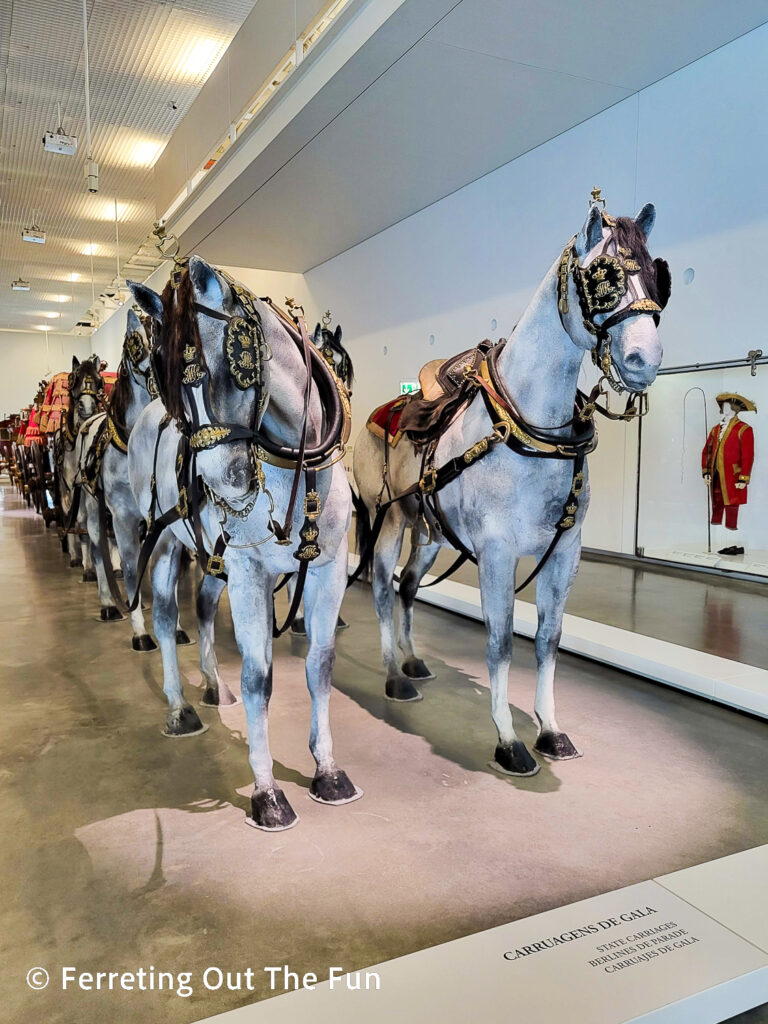
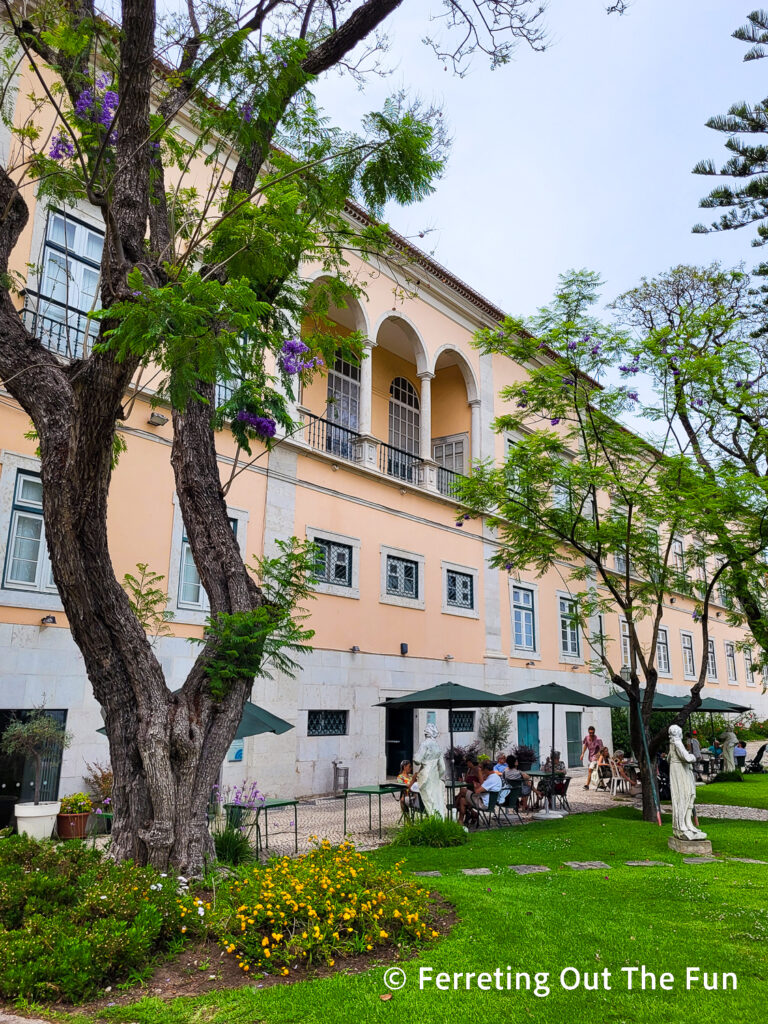

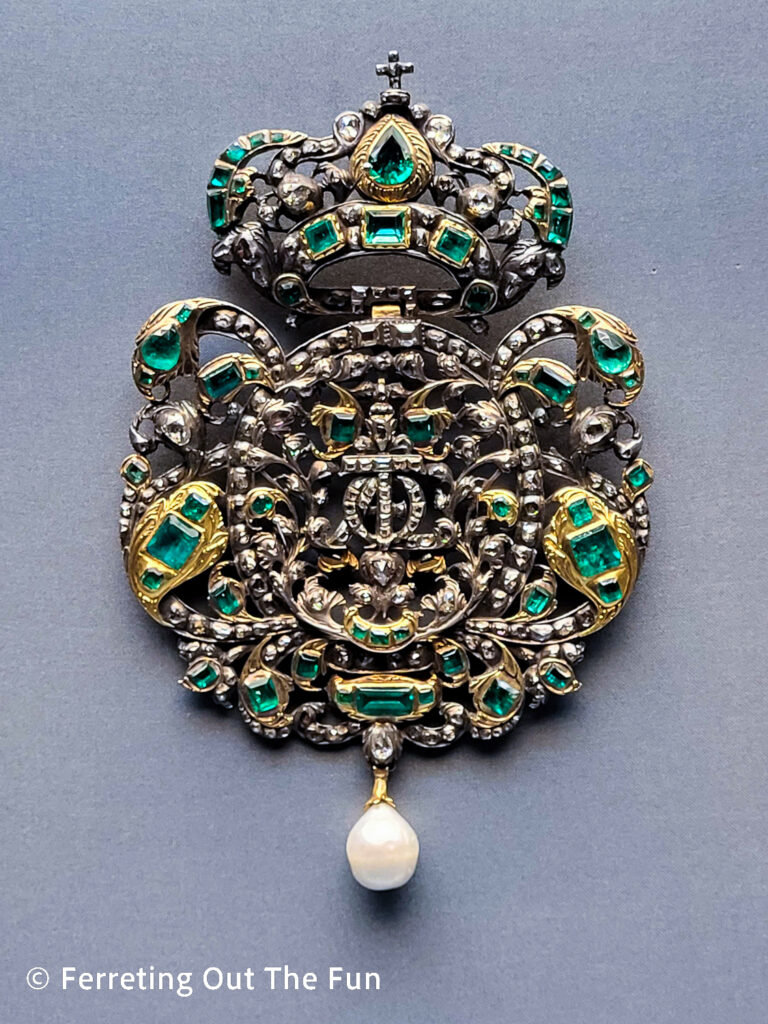
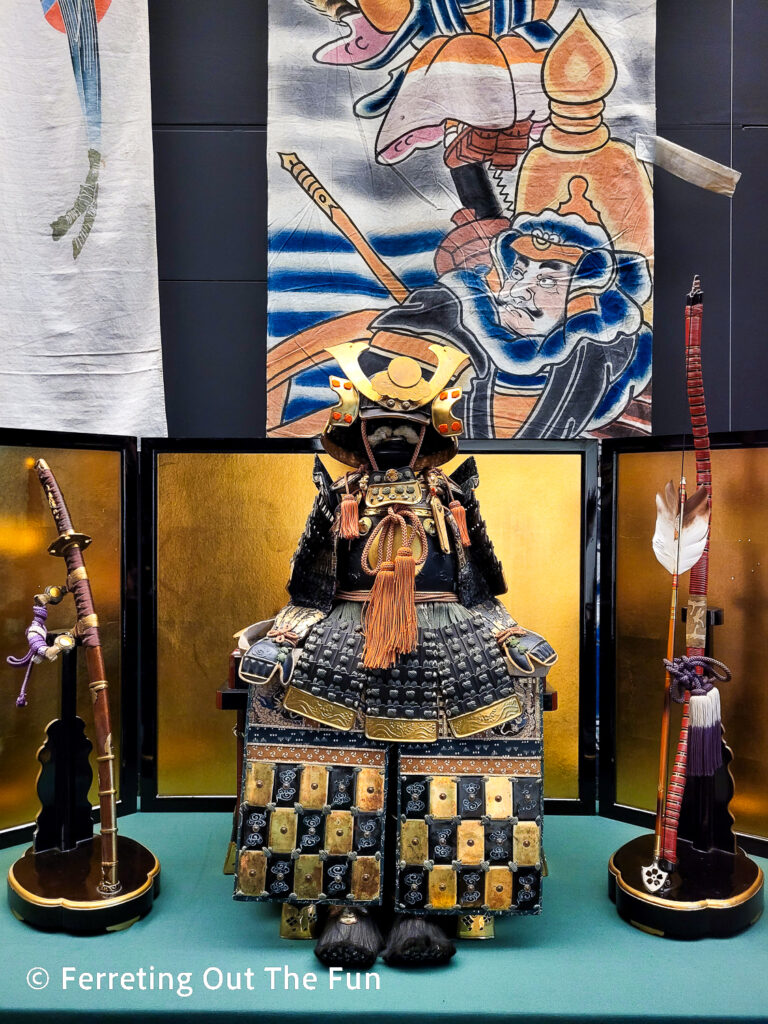
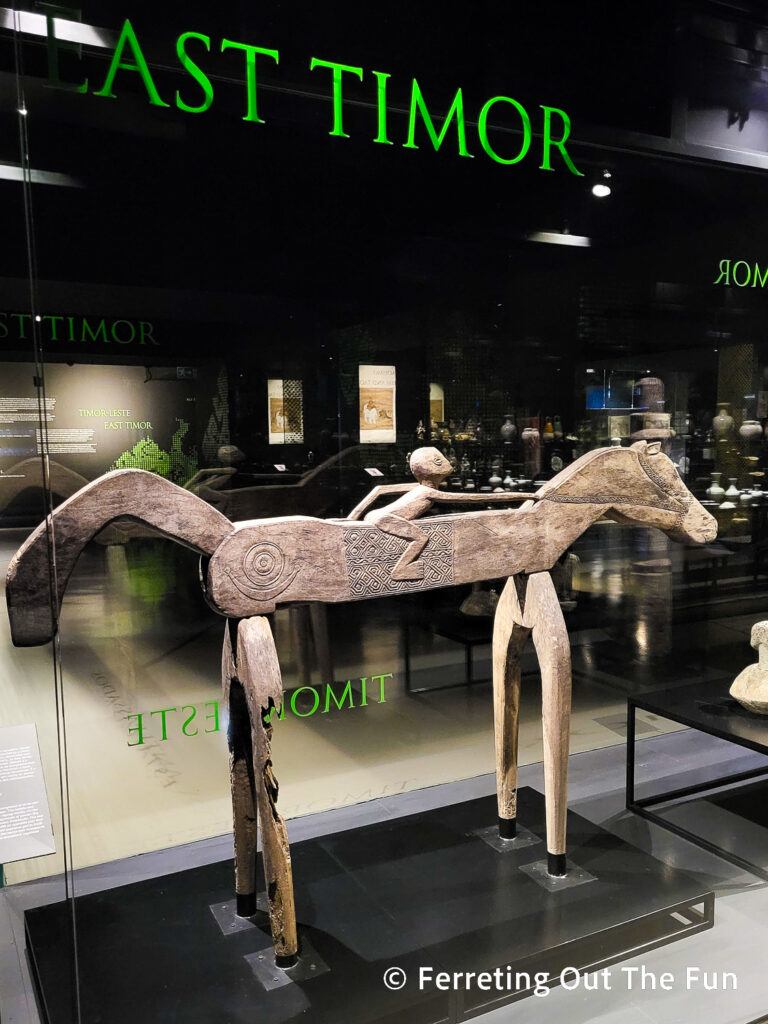
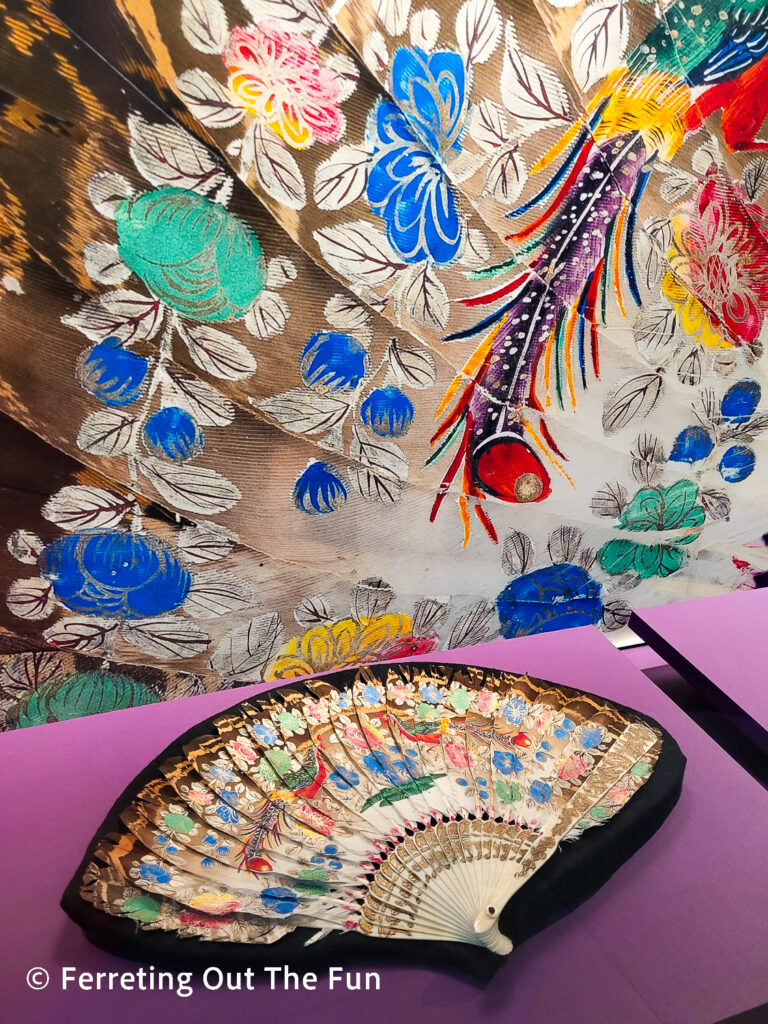

Wow!! Great blog. I’ve been to Portugal twice and would go again in a heartbeat. Your pictures are great. I have fond memories of the custard pies.
Loved our road trip!!